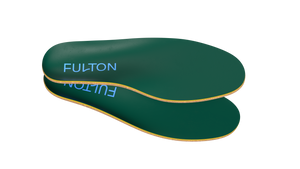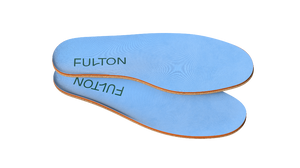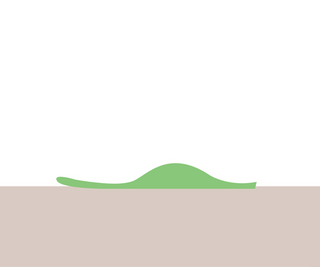Although physical therapy is a relatively new practice, it has become increasingly important over the last few decades as we’ve begun to learn more about how the body works. Traditional surgeries can only correct so many issues without incorporating a more holistic treatment and rehabilitation plan that follows. Furthermore, as a form of preventative wellness, physical therapy has become a reliable way to help patients avoid the need for surgery altogether. Physical therapy will continue to become more important as our overall understanding of recovery, rehabilitation, and wellness continues to develop in the years to come.
Physical therapists work to promote and restore the health of their patients primarily through easing pain and improving mobility. Typically, they work with a wide variety of patients, seeing those who are working through chronic ailments, such as Achilles Tendinitis, Plantar Fasciitis, Metatarsalgia, lower back pain, and others. We sat down with Peter St. Germain, Physical Therapist and owner of Brunswick Physical Therapy in Troy, NY, to learn more about the work that he does with patients and the tools he uses to ensure complete rehabilitation. We learned four key insights during our conversation:


.png?v=1658434592621)


